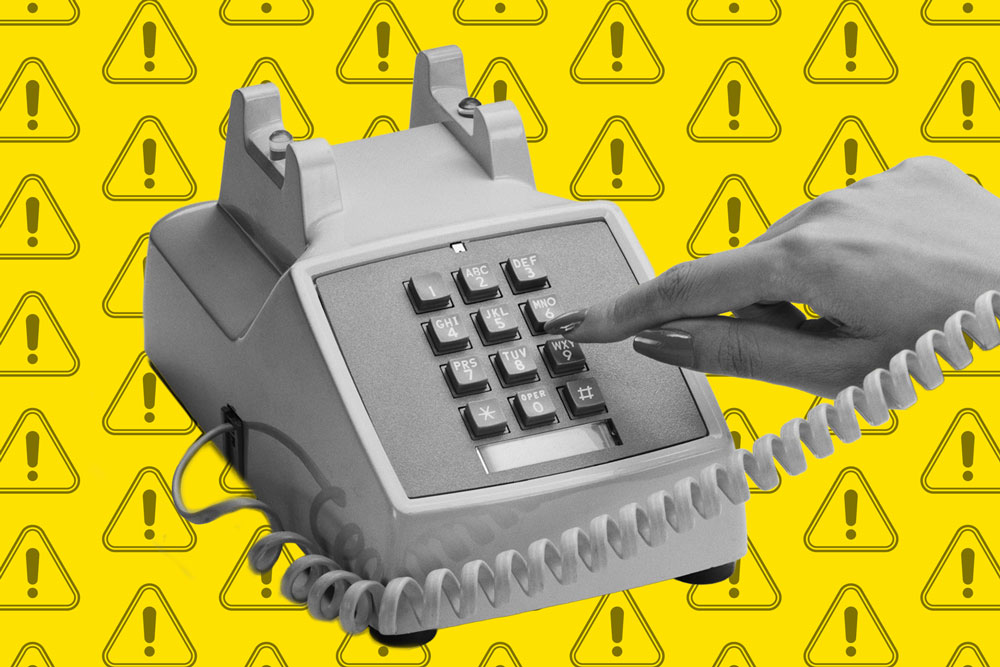Here's something most people don't realize about wire transfers: your bank has no idea who's receiving your money.
They see an account number. A routing number. Maybe a name that someone typed into a form. But they don't verify that the account actually belongs to the bondholder you think you're paying. They can't. The system wasn't built for that.
Think about what that means when you're acting as a fiduciary. You're moving hundreds of thousands, sometimes millions of dollars in bond payments, distributions, and escrow disbursements, based on information that has less verification than what's required to open a checking account. The entire process assumes everyone is who they claim to be.
Between October 2013 and December 2023, that assumption cost organizations $55.5 billion.
🧮 The Math That Keeps Trust Operations Teams Up At Night
The average business email compromise wire transfer request hit $24,586 at the start of 2025. Not enough to trigger every alarm. Just enough to seem reasonable when your trust operations team is processing dozens of distributions that week.
But here's the number that matters most: Only 22% of organizations recovered 75% or more of their lost funds in 2024. That's down from 41% the year before.
The recovery rate is getting worse, not better. Once that wire leaves your account, your money is already gone in every way that matters. And when you're acting as trustee or paying agent, that's not just your money—it's money you have a fiduciary duty to protect.
⚔️ Why Protection Got Harder While Fraud Got EasierBy mid-2024, an estimated 40% of BEC phishing emails were AI-generated. These aren't the clumsy attempts with typos and broken English that used to be easy to spot. They're indistinguishable from legitimate business correspondence.
The use of deepfakes and deepaudio increased 118% in 2024. Voice cloning technology now needs just three seconds of audio to create a convincing replica. That callback you're making to verify the distribution to a bondholder? It might not be the actual investor on the other end.
Wire transfers reclaimed the top spot as the most vulnerable payment type targeted by BEC. Fraudsters figured out the pattern: they don't need to hack your systems. They just need to intercept the moment when money moves.
And for corporate trust operations—handling bond payments, dividend distributions, and escrow disbursements—that moment keeps getting more vulnerable.
⚠️ The Real Problem Isn't Technology
Most corporate trust departments have solid endpoint security. Good firewalls. Multi-factor authentication. Regular penetration testing. The works.
Yet 63% of organizations still experienced business email compromise in 2024.
The gap isn't in your cybersecurity stack. It's in the space between your security and the actual movement of money. You've protected your accounts. You've secured your systems. But you haven't protected the transaction itself.
Nearly 60% of companies said the financial impact of payment fraud they experienced in 2024 exceeded $5 million. These aren't small operations with amateur security teams. These are sophisticated institutions with dedicated trust operations departments.
What they're missing isn't more technology. It's a different approach entirely.
🛡️ Five Safeguards That Change The Game
1. Verify Account Access Before Money Moves
Every bondholder, investor, and beneficiary in your system has banking information on file. Have you ever confirmed that they actually have access to that account?
Here's the critical distinction: You don't need to verify account ownership—that's often impossible to confirm reliably. What you need to verify is account access. Can the person or entity claiming to receive funds actually access that account?
The most reliable way to verify access: microdeposits. Send two small deposits to the account and require the recipient to confirm the exact amounts. If they can tell you the deposit amounts, they have access to the account. If they can't, something's wrong.
In reality, many corporate trust operations never do this. They assume the banking information provided is correct until proven otherwise. By then, they're trying to recover bondholder funds that are already three jurisdictions away—and explaining to regulators how they failed in their fiduciary duty.
The fix is straightforward: Verify account access via microdeposit before the first distribution. Re-verify whenever banking details change. Make it impossible to disburse to an unverified account.
This single step stops the majority of payment fraud before it starts.
2. Treat Banking Changes Like Security Incidents
When a bondholder sends updated banking instructions for their interest payment, what happens in your organization?
For most trust operations, someone updates the record in the system. Maybe they forward it to the operations team. The next distribution goes to the new account.
That update email is exactly what fraudsters are betting on. It's why wire transfers are now the most targeted payment method in BEC scams.
New rule: Every banking change requires out-of-band verification using a known contact method. This isn't just the phone number in the email or a callback to the person who sent the update. A phone number you already had on file, to a person you already know.
Yes, this creates friction. But compare two hours of verification to six months of trying to recover stolen funds—and the regulatory scrutiny that comes with failing your fiduciary duty.
3. Build Risk-Based Transaction Workflows
A $5,000 interest payment to an established bondholder carries different risk than a $2 million escrow disbursement to a new beneficiary. Your distribution process should reflect that.
Define approval thresholds based on:
- Transaction size
- Recipient type (established bondholder vs new payee)
- Payment frequency
- Geographic location
- Changes to standard patterns
First-time payees should require additional verification, including microdeposit confirmation. High-dollar disbursements need multiple approvers. Payments to newly added accounts trigger automatic holds until access verification is complete.
The goal isn't to slow down every distribution. It's to apply the right level of scrutiny to the payments that matter most—especially when you're acting in a fiduciary capacity.
4. Train The People Who Touch The Money
Generic cybersecurity awareness training doesn't prevent wire fraud. Everyone in your organization doesn't need to be an expert on BEC tactics.
But the people in trust operations and distribution teams do.
Target your education to the roles that approve and execute high-value distributions. Make it specific to the actual fraud scenarios they'll encounter in their daily work. Show them real examples from the corporate trust industry.
The fraudsters are targeting these people specifically. They study your org chart. They monitor email patterns. They know who has authority to move bondholder funds, execute escrow releases, and process distributions.
Your trust operations teams need to understand they're under active attack, not as a general threat, but as the primary target. And they need to understand the fiduciary implications of a successful fraud attack.
5. Monitor For Prevention, Not Just Detection
Most fraud monitoring looks for unusual patterns after they occur. That's valuable. But it's reactive.
Build monitoring that catches the precursors to fraud:
- First payment to a newly added account
- Banking details updated outside your beneficiary management system
- Rush requests that bypass standard approvals
- Distribution destinations in unexpected jurisdictions
- Multiple smaller payments to the same recipient in rapid succession
None of these are automatically fraud. But they should all trigger verification before money moves.
The difference between detection and prevention is whether you're trying to recover funds or protecting them before they leave—a critical distinction when you have fiduciary responsibility.
‼️ What's Really At Stake
Nearly 90% of companies were targeted by cyber fraud in 2024, up from 79% the year before. The trend isn't moving in the right direction.
For corporate trust operations, the cost goes beyond the direct financial loss:
- There's the time investigating what happened.
- The damaged relationships with issuers who trusted you to protect their bondholders.
- The insurance premium increases.
- The regulatory scrutiny.
- The potential litigation from beneficiaries who didn't receive their distributions.
- The board presentations.
And there's the fiduciary duty question that no corporate trustee wants to face: Did we do everything reasonable to protect the funds we were entrusted to disburse?
Every trust operations professional has had that moment of doubt before approving a large distribution. "Is this really going to the right place?" The uncertainty adds friction to every transaction, even the legitimate ones.
⚡️ Moving Beyond Hope
For too long, payment security in corporate trust has been built on hope...
- Hope that distribution instructions are legitimate.
- Hope that the person calling to verify banking details is who they claim to be.
- Hope that your bondholder's email account hasn't been compromised.
Hope isn't a fiduciary-grade strategy.
The corporate trust operations that protect their distributions most effectively share a common approach: they verify before money moves, not after problems emerge.
This means:
- Confirming account access through microdeposits
- Building verification into the distribution workflow, not around it
- Verifying identities of all beneficiaries
- Making it technically impossible to disburse to unverified accounts
- Treating funds in transit with the same protection as funds at rest
Solutions like Basefund have been built specifically for this challenge. The platform verifies account access via microdeposit before distributions are initiated. It creates secure channels for payment instructions that can't be intercepted or spoofed. It makes verification automatic rather than optional.
But the principle matters more than any specific tool: Protecting bondholder and beneficiary funds when they're most vulnerable requires protecting the transaction itself, not just the endpoints.
When you're acting in a fiduciary capacity, anything less isn't good enough.















